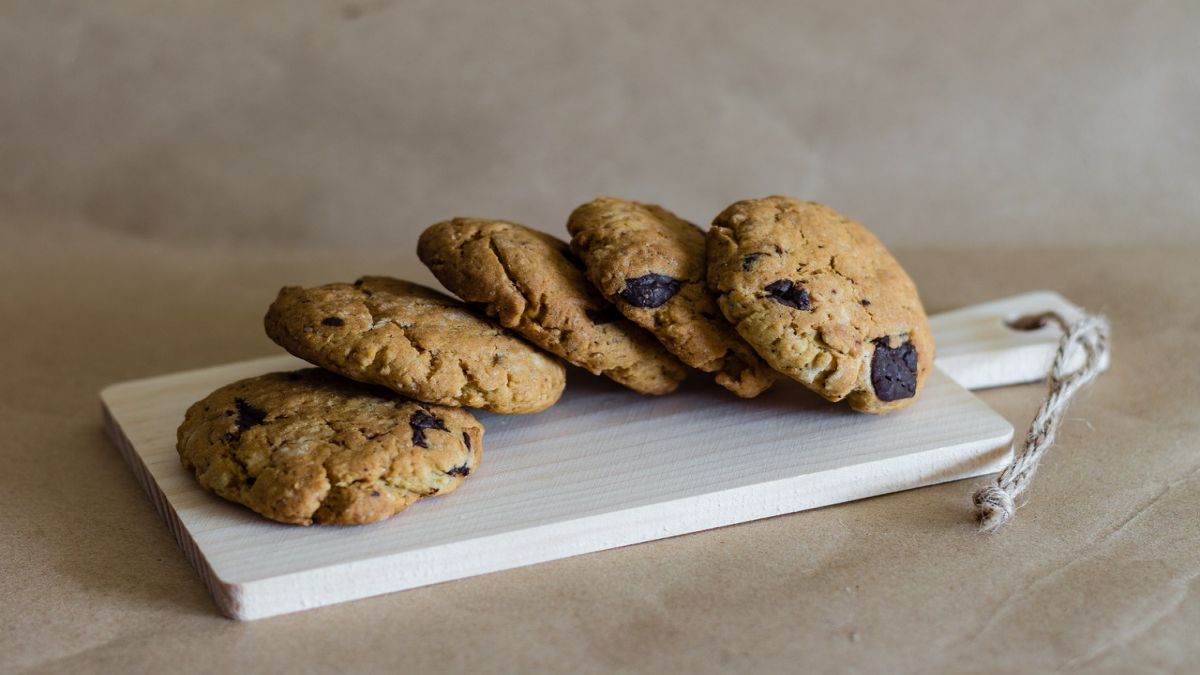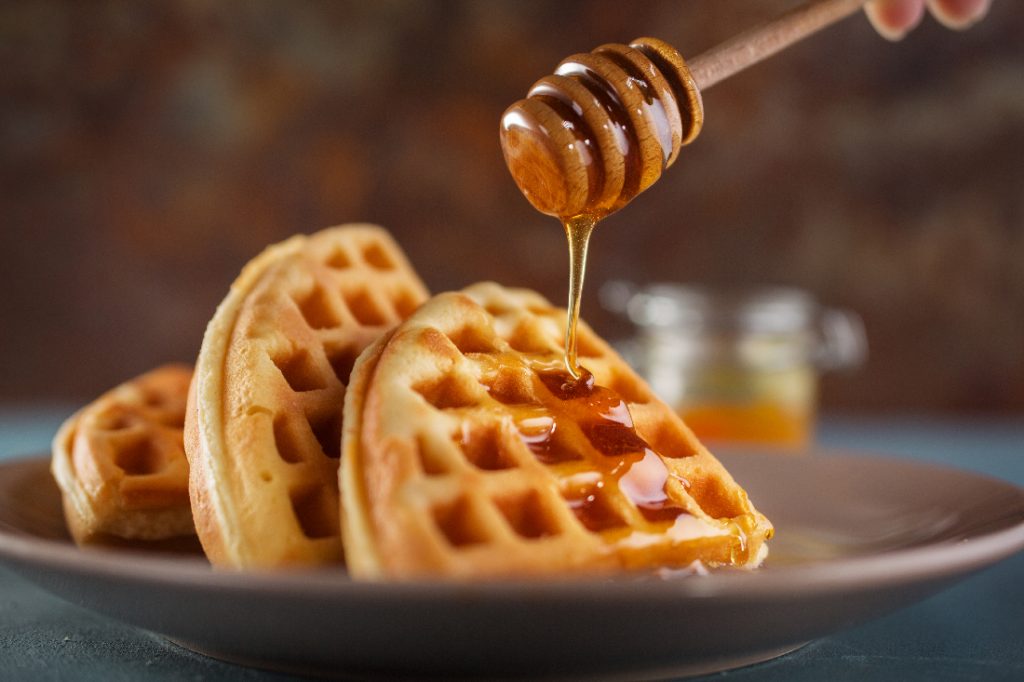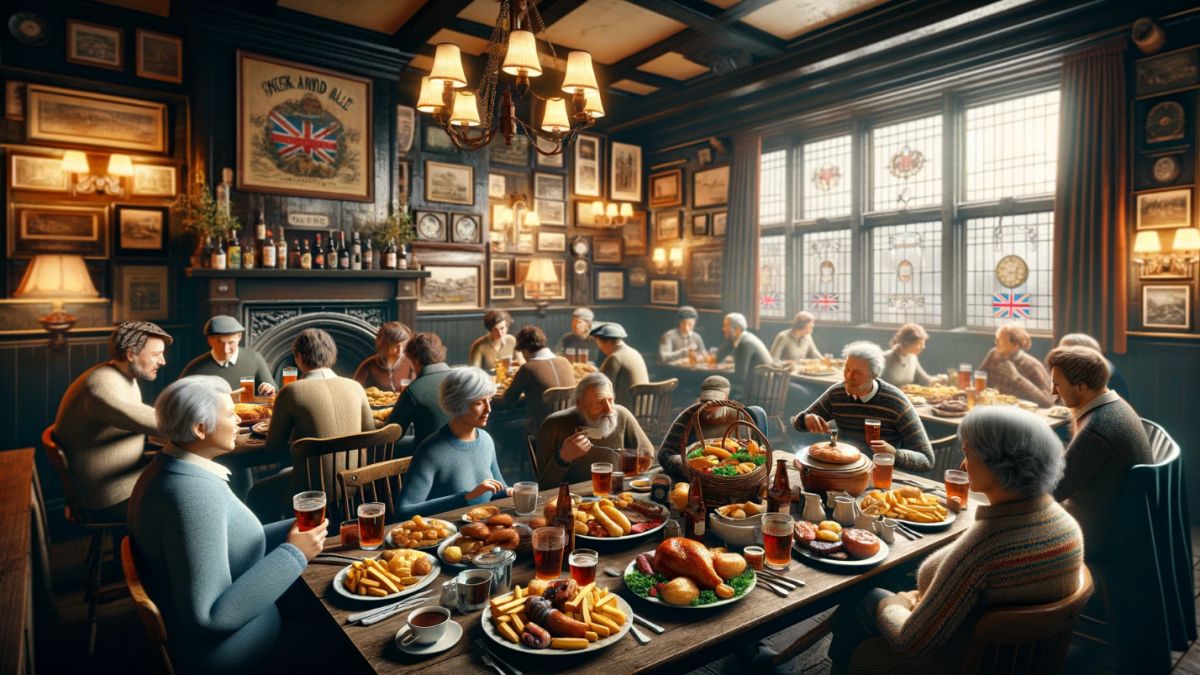The Delicious Evolution of Biscuits
Biscuits, those delightful treats we dunk in tea, coffee, or munch solo, have a history richer than their buttery flavor.
Dating back thousands of years, these crunchy companions originated from ancient civilizations. Picture the first biscuits as humble grain-and-water combos, baked rock-hard to survive long journeys, feeding hungry travelers and soldiers.
Jump ahead a few centuries, and biscuits started getting fancy. Medieval Europe spiced things up—literally—with sweeteners and exotic spices.
Now, in our modern world, factories crank out millions of these goodies daily, using high-tech wizardry that would leave ancient bakers in awe.
We'll embark on a tasty time travel from ancient grain mush baked on hot stones to today's crispy, sweet delights.
Along the way, we'll spotlight game-changers like the 19th-century introduction of leavening agents, which gave biscuits their irresistible texture and flavor.
This journey is a treat for culinary students and history buffs alike, offering a delicious glimpse into how a simple, practical snack transformed into a global sensation, reflecting cultural exchanges and technological leaps through the ages.
Key Milestones in the Development History of Biscuits
Ancient Beginnings
The earliest forms of biscuits date back to ancient Egypt. These early versions were probably a type of unleavened bread, baked to be hard and dry, making them durable and long-lasting.
This made them perfect for long trips, which was crucial for survival back then, especially for travelers and soldiers who needed reliable food.
Historical records show that these early biscuits were made from simple ingredients like barley or wheat, and sometimes sweetened with honey. Over time, the idea of biscuits evolved across different cultures, giving us the wide variety we enjoy today.

Medieval Europe and Etymology
By the medieval period, the term "biscuit" had evolved from the Latin phrase "bis coctus," which means "twice-baked." This baking method involved baking the dough twice, which thoroughly dried it out and gave it a much longer shelf life.
Biscuits became incredibly popular across Europe, especially with travelers and soldiers who needed durable food that would last through long journeys and military campaigns.
These early biscuits were often very hard and plain, but they provided essential sustenance and were valued for their practicality. Over time, recipes evolved and varied, leading to the diverse range of biscuits we enjoy today.
Persian Influence in Spain
In the 7th century, the Persians invaded Spain and totally shook up the baking scene. They brought along new techniques and ingredients like sugar and exotic spices.
This was a game-changer for European baking, leading to sweeter and more refined biscuits. Sugar, for example, completely transformed desserts, letting bakers create a whole new range of flavors and textures.
Spices like cinnamon, cardamom, and saffron weren't just about taste; they added a touch of luxury and sophistication to baked goods. This period really changed European culinary traditions and paved the way for the rich and varied baking culture we love today.
The Industrial Revolution
Biscuits really changed a lot during the 19th century, thanks to the Industrial Revolution. With the advent of mechanized production, biscuits could be mass-produced, making them cheaper and more accessible for everyone.
Before this, biscuits were mostly handmade, so they weren’t as readily available or consistent. But with the rise of factories, manufacturers could churn out uniform products on a large scale, making biscuits super popular.
These factories used advanced machinery and new baking techniques, boosting production efficiency and ensuring better quality.
Because of this, biscuits became a common staple in many households, regardless of social class, and secured their spot in culinary history.

The Biscuit Cutter Innovation
In the 1800s, American inventor Alexander P. Ashbourne revolutionized biscuit production with the invention of the biscuit cutter.Biscuits in Wartime
During World War I and II, biscuits became a staple in soldiers' rations because they lasted forever and were easy to carry. Known as "hardtack" or "dog biscuits," these tough, dry snacks were essential for troops in the field.
Made from just flour, water, and salt, hardtack was baked until it was super hard, making it incredibly durable and able to survive harsh conditions.
Soldiers would often soak these biscuits in water or coffee to make them easier to eat since they were pretty tough to chew dry.
Despite their unappealing texture, hardtack was a crucial part of military provisions, ensuring that soldiers had a reliable source of calories and nutrition during long campaigns.
This role in wartime solidified the biscuit's historical importance as a practical, long-lasting food, showing how vital durable food is during conflict.

Conclusion
The history of biscuits is a tasty adventure full of cultural exchanges, tech advancements, and culinary creativity. From the ancient Egyptians' first baking experiments to today’s gourmet, mass-produced delights, biscuits have come a long way.
This crumbly journey is a fun glimpse into not just cooking but also the broader history that influenced these changes. For foodies and history buffs alike, the story of biscuits is a testament to human ingenuity and our evolving snack game.
OTHER NEWS
-
- Delicious but Unhealthy: Five of the Unhealthiest Fast Foods
- By Prodosh Kundu 19 Aug,2024

-
- The History of Salads—And Must-Try Recipes
- By Prodosh Kundu 02 Sep,2024

-
- A Taste of Greece: Exploring the Flavors of Mediterranean
- By Roha Tariq 22 May,2024

-
- The Development History of Pudding Desserts: A Sweet Journey Through Time
- By Molly Joshi 21 May,2024

-
- American Cuisine: A Journey Through Regional Delicacies
- By Roha Tariq 22 May,2024

-
- Five Things You Must Know About the Mediterranean Diet
- By Prodosh Kundu 08 Jul,2024

-
- The History of Tacos—And Must-Try Recipes
- By Prodosh Kundu 03 Sep,2024

-
- The scrumptious Christmas
- By Taruna Agarwal 17 May,2024

-
- The History of Waffles: And Must-Try Recipes
- By Prodosh Kundu 03 Sep,2024

-
- The Carrot Cake: America’s Wholesome Dessert
- By Roha Tariq 17 May,2024

-
- The Delicious Evolution of Cheese Desserts: A Historical Journey
- By Molly Joshi 21 May,2024

-
- British cuisine: From Fish and Chip to Afternoon Tea
- By Roha Tariq 22 May,2024

 1
1 1
1